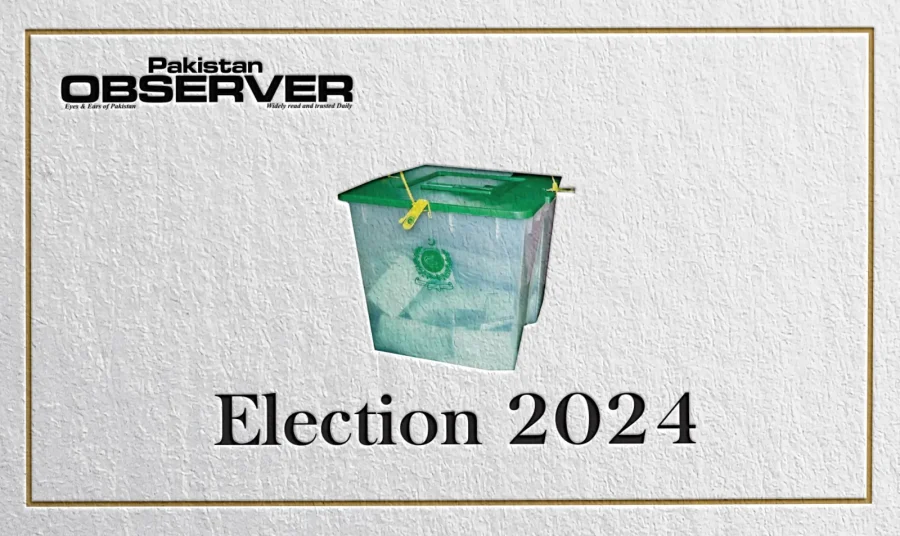Zubair Qureshi
A record 128 million people are listed on the electoral rolls for the upcoming 2024 General Election, which is only one week away.
An analysis of the rolls reveals significant trends in women’s voter registration, alongside regional disparities in both overall and women’s registration. The key findings of Free And Fair Election Network’s (FAFEN) assessment of the electoral rolls highlight the fact that over the past decade, Pakistan has experienced a substantial increase in the number of registered voters, witnessing an additional 42.3 million individuals added to the electoral roll since the general elections of 2013.
This brings the total to 128,585,760 in 2024 compared to 106,000,239 in 2018, and 86,189,828 in 2013, the FAFEN findings further reveal.
For the first time since the implementation of electoral rolls based on computerized National Identity Cards (NICs), the number of registered voters now represents slightly more than half (53.2pc) of the country’s population, which stands at 241,499,431.
In 2018, the proportion of registered voters in the population was 49.6 percent. However, the voter-to-population ratio is not consistent across all regions, districts, and constituencies. Punjab (57%) and Khyber Pakhtunkhwa (53%) have registered over half of their respective populations as voters. Meanwhile, Sindh and Islamabad have voter-to-population ratios close to 50 percent, whereas Balochistan lags with 36 percent of its population registered as voters, the FAFEN report further reveals.
Another significant point shared in the report is that at the district level, the discrepancy in voter proportions becomes more evident. Of the 136 districts for which population and voter numbers were available, 78 districts have more than half of their populations registered as voters. Among the remaining 58 districts, 49 have a registration rate of 30-50 percent, while in nine districts, less than 30 percent of the population is registered as voters.









